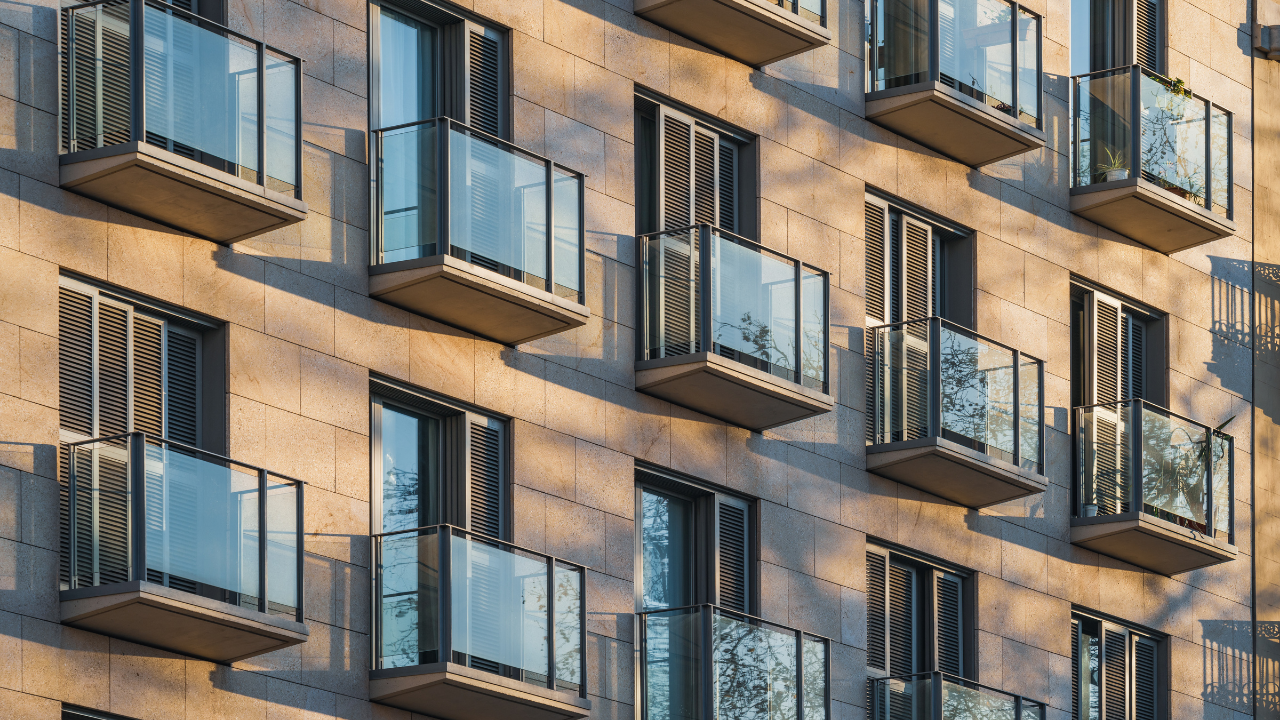Are We Required To Rebuild Our Balconies?
Nov 08, 2021
By Kelly G. Richardson, Esq. CCAL
Hello Mr. Richardson,
Our HOA is claiming that 2019’s SB 326 ("Balcony Law") adds to the Davis-Stirling Act and requires the homeowners to retrofit our balcony railings to current building code requirements. I don't see anything in the bill that requires such retrofitting. Am I missing something?
Thank you. R.M., San Diego
Dear R.M.:
In 2019, Senate Bill 326 was passed and became law in 2020. It added a new Civil Code section 5551. The law followed a similar new law regarding apartment buildings, which also arose from a terrible balcony collapse incident at a Berkeley apartment building in 2015. Civil Code Section 5551 requires all HOAs with attached residences to obtain inspection of “exterior elevated elements” constructed of wood no later than January 1, 2025, and again at least every nine years afterward. The 2025 deadline seems far off, but HOAs now have only three years to complete those inspections. Prudent HOAs should start planning now.
What must be inspected: All wood building components extending beyond the exterior walls, including walkways, decks, balconies, stairways (or other items intended for people to stand or walk on), and railings, which are more than six feet above ground level. The inspection must also include the waterproofing protecting the structural components from moisture damage (i.e., dry rot).
What if the component is not HOA responsibility? Such components are exempted from inspection.
Who must conduct the inspection: Licensed structural engineers or architects.
What kind of inspection: A visual inspection, which may include visual observation or tools such as moisture meters, infrared device, or boroscope (a tube with a camera attached which is used to look into confined spaces).
How much of the building must be inspected: A “statistically significant sample” of the entire building, meaning one which creates a 95% level of confidence that the sample represents the condition of the entire building. The inspector must generate a random list of locations to check.
What kind of report does the inspector create: A written report, identifying the components checked, describing their condition, projecting the remaining useful life of the components, recommending any necessary repairs, and describing any immediate threats to residents.
What happens to the report: It is incorporated into the HOA’s next reserve study.
Does the local building department get involved? If the inspector observes any immediate threats, the report must be provided to the local building authorities within 15 days. The HOA must take immediate safety measures to protect any areas of immediate hazard and then pursue repairs.
Is there an exemption if the HOA has no money? No.
How long does the HOA keep the report: At least two inspection cycles, meaning up to 18 years if the HOA is complying with the law.
Are any HOAs exempted? HOAs with less than three attached units, or HOA buildings with less than three attached units (i.e., only duplexes).
What happens if we don’t comply? Probably nothing, until someone sues the HOA for noncompliance, or unless a building element fails and someone is injured. Then there could be severe liability for the HOA and board.
There are many possible challenges in compliance, such as finding structural engineers and architects who will do this. HOAs should not wait for 2024 and risk being out of compliance with this law.
Submit questions to [email protected].





